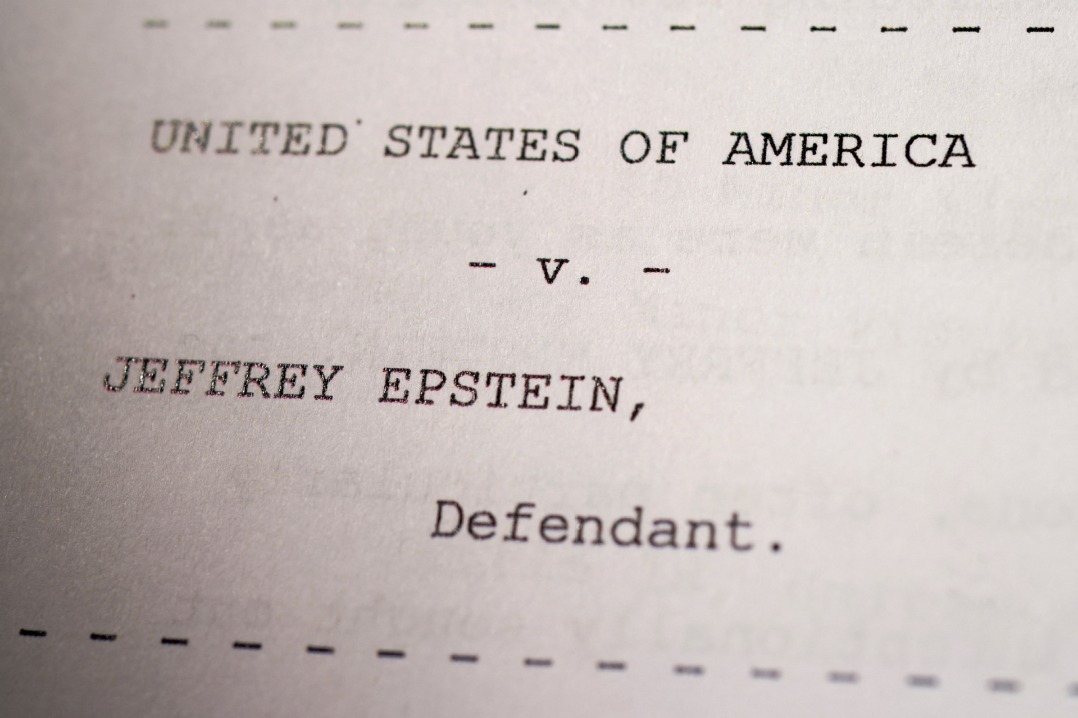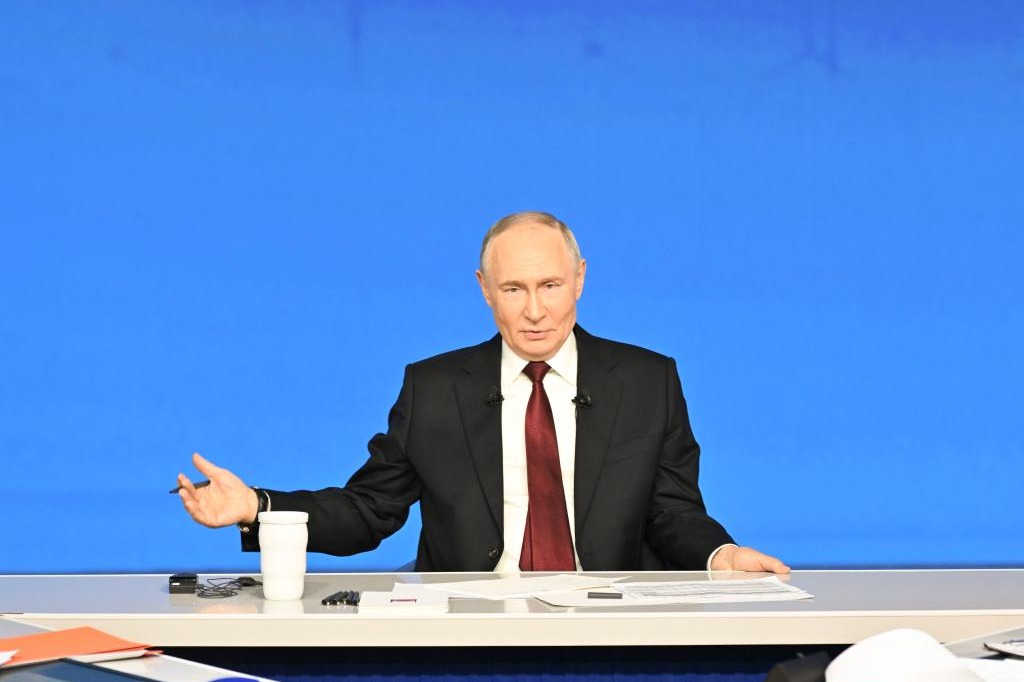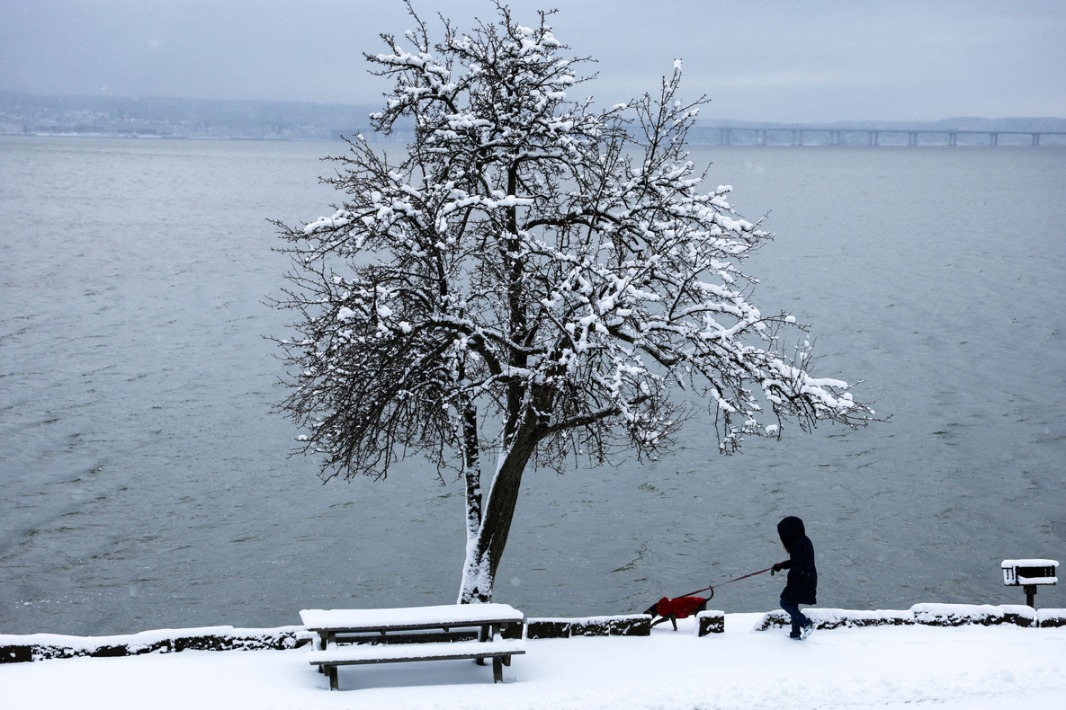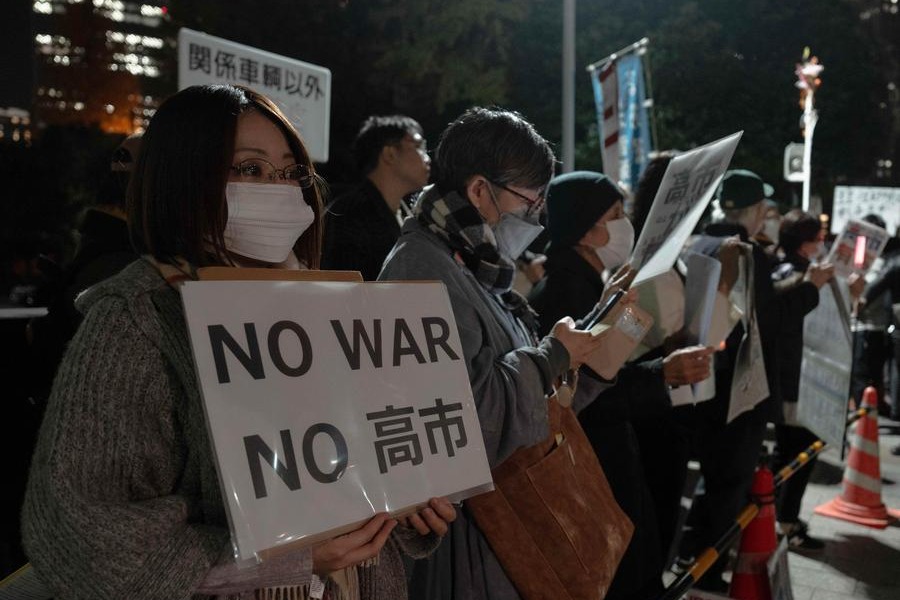US experts refute Trump's Wuhan theory


Experts from both the World Health Organization (WHO) and the United States, including intelligence analysts, have contested US President Donald Trump's claim that the novel coronavirus originated in a Chinese research laboratory.
Trump last week claimed that he had proof that the virus came from the Wuhan Institute of Virology.
Secretary of State Mike Pompeo told media Sunday that they have "tremendous" evidence that the Chinese lab was the source.
In response to their claims, Michael Ryan, WHO health emergencies executive director, told a virtual briefing Monday that Washington had provided no evidence to support the claims.
"We have not received any data or specific evidence from the United States government relating to the purported origin of the virus, so from our perspective this remains speculative," said Ryan.
US Congresswoman Judy Chu accused Trump of blaming China for the pandemic as a strategy to deflect criticism from his administration's handling of the outbreak in the US, which now has more COVID-19 cases than any other country in the world.
"It's clear that President Trump is trying to continue to use this anti-China focus (for) his election campaign," Chu said during a webinar Friday. "Right now, this president is actually trying to get votes by being anti-Chinese. He thinks that's the best way for him to stay in office."
Trump and some of his allies have been promoting the lab-leak theory since the pandemic first emerged. US intelligence agencies are reportedly facing pressure from senior administration officials to explicitly link COVID-19 to the Wuhan lab.
Matthew Pottinger, Trump's deputy national security adviser, has asked intelligence agencies since January to look into the lab theory, according to The New York Times. But intelligence officers didn't find any evidence.
The Office of the Director of National Intelligence said in an April 30 statement that "the Intelligence Community also concurs with the wide scientific consensus that the COVID-19 virus was not manmade or genetically modified".
Scientists have largely agreed that the virus most likely jumped from infected animals to humans, and that chances are low that a lab accident sparked the outbreak.
Researchers in the US, UK and Australia published a paper in the journal Nature Medicine in mid-March that concluded: "Our analyses clearly show that SARS-CoV-2 (the virus that causes COVID-19) is not a laboratory construct or a purposefully manipulated virus."
The odds were extremely high against a lab release as opposed to a natural event, said Kristian Andersen, the lead author of the paper and a specialist in infectious diseases at the Scripps Research Translational Institute in California, The New York Times reported.
Jonna Mazet, an epidemiologist at the University of California, Davis, who has worked with and trained researchers at the Wuhan Institute of Virology in the past, said a lab accident was "highly unlikely".
Some researchers at the Wuhan lab, including virologist Shi Zhengli, have collected, sampled and studied bats as part of a coordinated global effort to monitor viruses, said Mazet, who knows Shi from when they worked together on a pandemic early-warning program.
The Wuhan lab's samples don't match the new coronavirus, Mazet told Business Insider in a report published Saturday, adding that the lab implements rigorous safety protocols.
"Samples collected from bats get immediately split between some vials that contain chemicals that deactivate the virus and other containers that leave the virus alive," said Mazet, who worked with the lab to develop "very stringent" safety protocols.
All samples are then dunked into liquid nitrogen on the spot, which freezes them. Then the vials are disinfected and transported to the lab. There, scientists wearing personal protective equipment load them into a freezer set to -80 C.
When the samples are studied later, researchers use only the deactivated, noninfectious ones, Mazet said, adding that the vials with viable viruses are locked down in a special area.
Shi's work in the lab was above reproach, said Mazet.
Mazet said she's concerned that Trump's persistent discussion of the lab release theory could affect scientific cooperation and information-sharing between the US and China.
The Trump administration recently terminated a grant to a New York-based nonprofit called the EcoHealth Alliance because its research involved the Wuhan Institute of Virology.

































